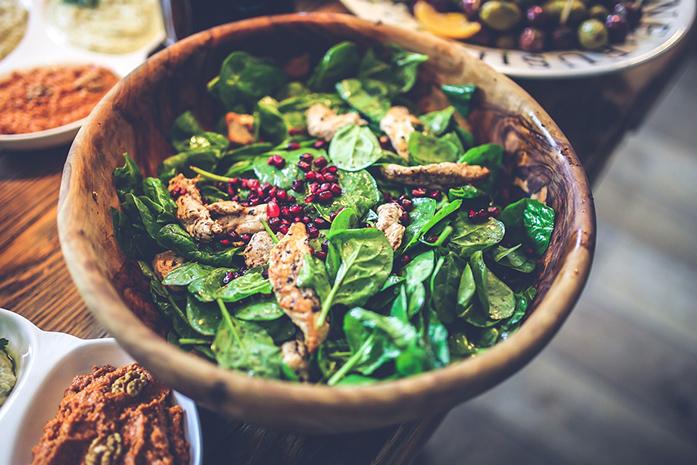By Helaina Thompson
In early June, the American College Health Association issued a public document summarizing the findings of its annual campus-health survey. Complete with cartoon graphics and colorful fonts, the document touched on undergraduates’ substance use, fruit and vegetable intake, mental health — and so on — at the University of Iowa over the past year.
There was some great news. High-risk drinking was down more than 15 percent since 2011, a success for a university hoping to veer away from its party-school image. Meanwhile, three-quarters of students surveyed said they were open to seeking mental-health services if something was bothering them. Within the next two years, the university plans to hire eight new campus counselors — two of whom will be embedded in residence halls — to serve students.
But some of the statistics were seriously unsettling, contradicting the document’s upbeat graphic design. More than one-third of surveyed students were found to be overweight or obese, two-thirds reported not getting the sleep they needed to feel rested during the week, and 10 percent of students seriously considered suicide in the past year.
One classic chicken or egg problem appeared upon closer study of the data. Page two of the summary reported the top “impediments to learning” for students were stress and anxiety. Skip to page five, and you’ll find academics proved the No. 1 stressor for students in the last year. So, learning encouraged stress, which inhibited more learning.
Massage chairs and dog-petting sessions during finals week are nice, but they are not realistic solutions to managing students’ stress. As professors prepare curricula for the upcoming semester, this question raises consideration: Should we learn (let’s be real, cramming) less to learn more? Of course, students, too, must own responsibility in improving their physical and mental health. Saving that next episode of “Orange is the New Black” for tomorrow allows for an extra hour of sleep. Seize it. Try a stress relieving yoga class or an all-levels spin class at the Campus Recreation & Wellness Center, free to full-time UI students.
While residence-hall cafeterias may offer all-you-can-eat French fries and ice cream, and gas stations seduce us with beer and pizza-flavored Pringles, we have the final say in what fuels our bodies. Hit the salad bar. Shop the perimeter of your grocery store to find the freshest, most nutrient-dense foods. Visit the brand-new student food pantry if eating healthy is financially difficult. Either you eat like a ding-dong, or you don’t. And to be clear, I did not say eat a Ding Dong.



